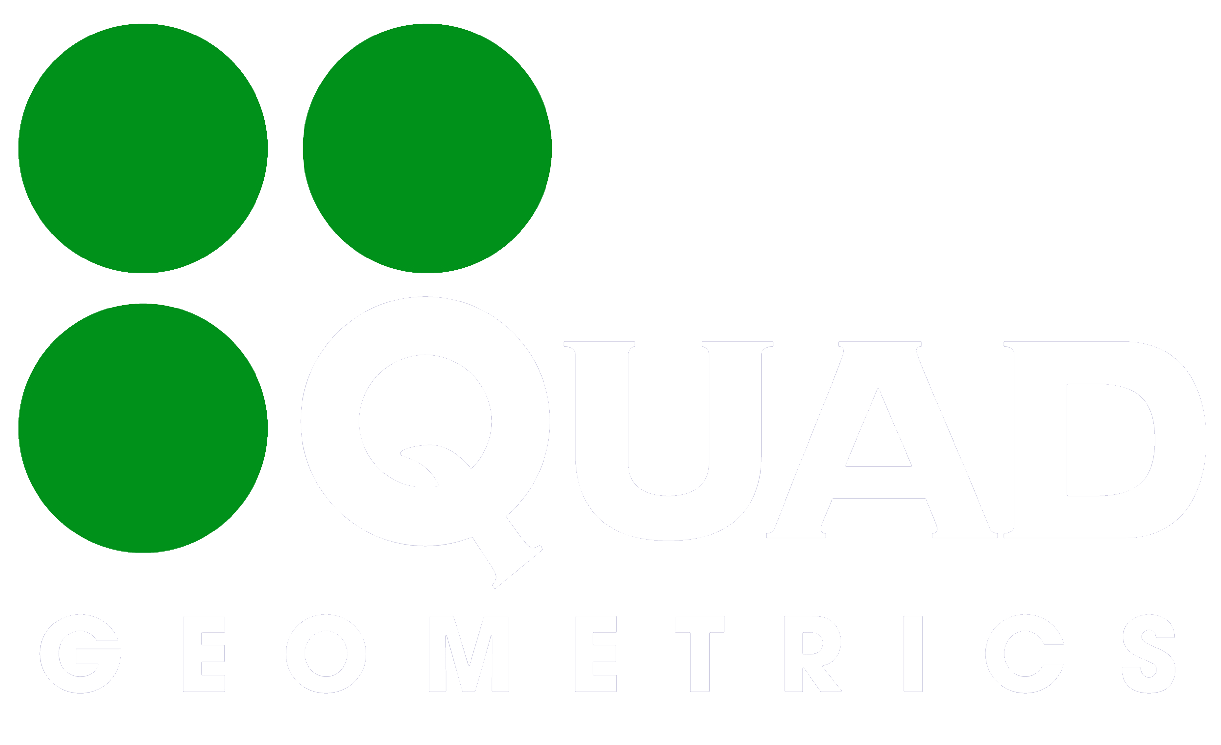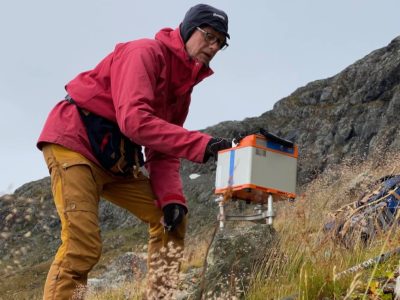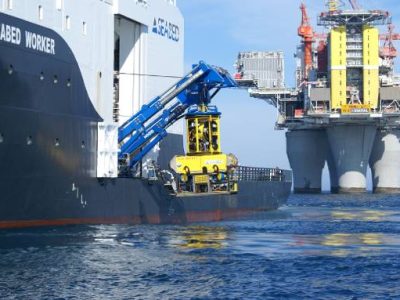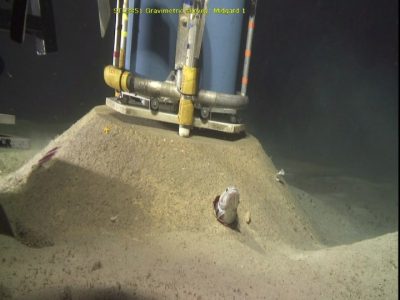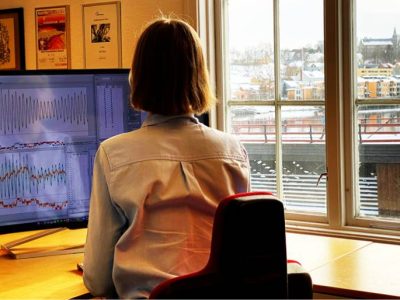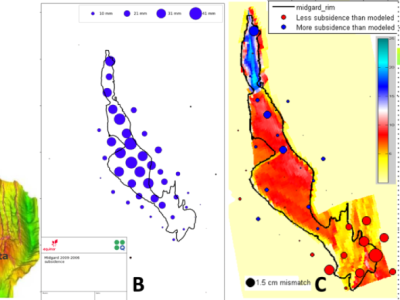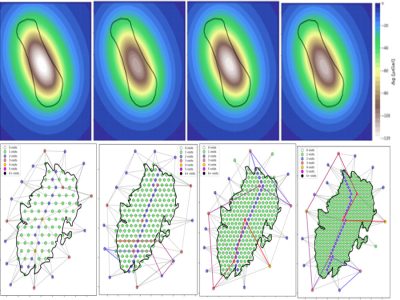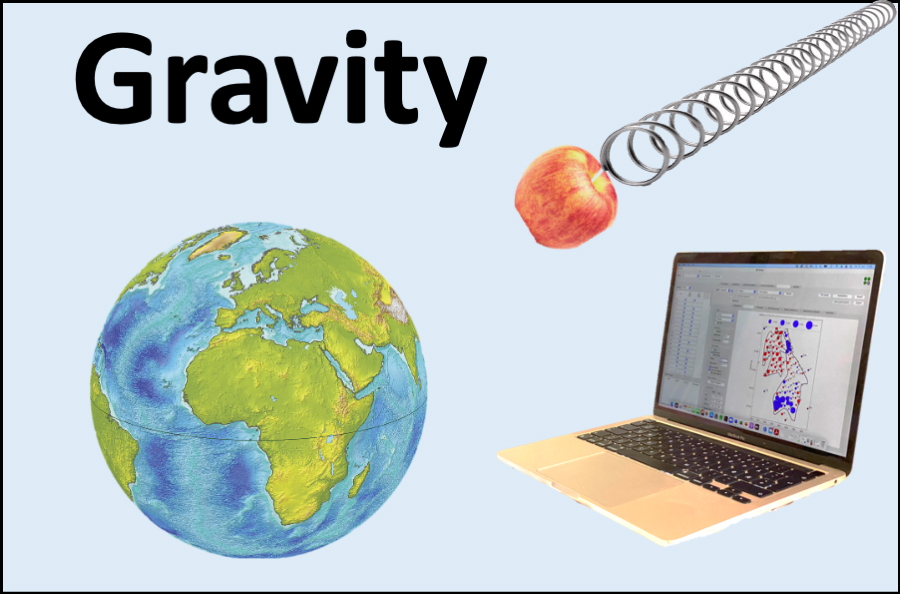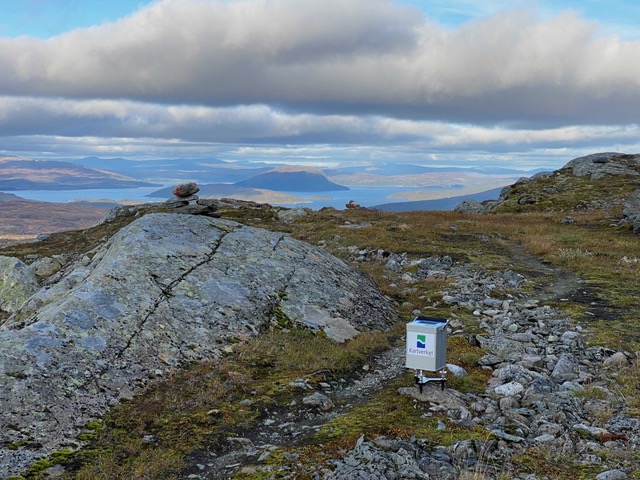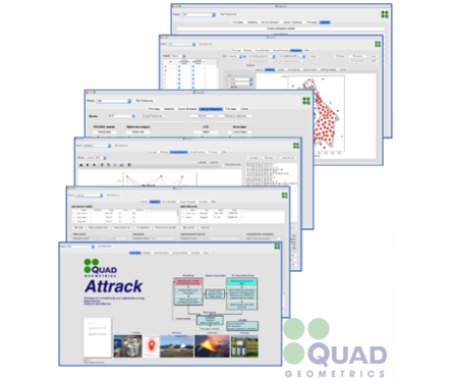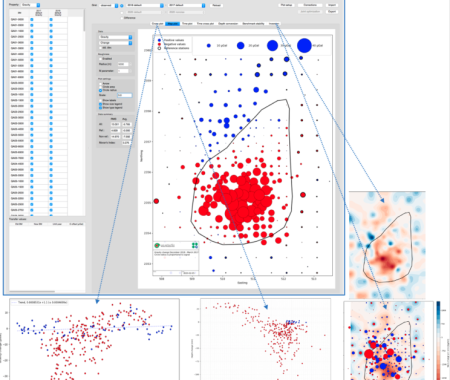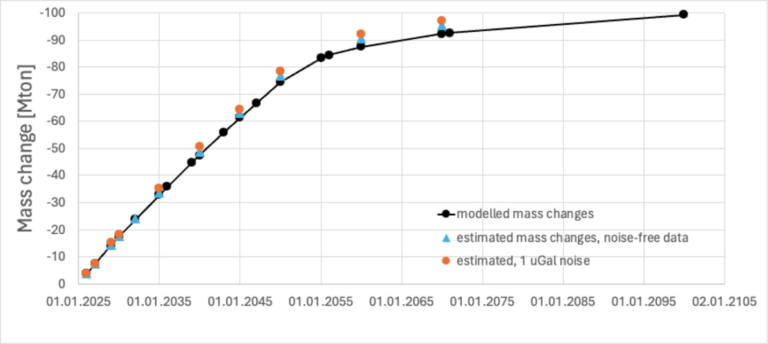
Gravity and subsidence monitoring at the seafloor should be feasible at the Endurance CO2 injection site
Quad Geometrics has together with bp completed a feasibility study for the Northern Endurance Partnership, which plans to inject 100 Mt of CO2 into Endurance over 25 years. Gravity reductions of up to 2.4 µGal/year are expected at the seafloor, caused by CO2 replacing formation water in the storage reservoir. Changes will accumulate to more than 100 µGal 75 years after injection starts. Monitoring these changes could serve as a control on the subsurface mass movements (Figure). Seafloor uplift is expected to be measurable. The rate of uplift will decrease with time, while the area of uplift will expand as a broader area becomes pressurized. Uplift data can give important information on the pressure development beyond the saturation front, which may be valuable for management of injection operations and for understanding storage capacity potential and regional pressure interference (e.g., with other CO2 stores). Accurate uplift measurements will require seafloor benchmarks which can withstand scour and moving sediment waves. Installed structures which are well founded and protected with, for example, gravel or concrete mattresses could provide stability. A grid with some tens of stations up to 25 km away from the injection wells would provide good resolution and coverage of the CO2 plume and pressurized water. Signal/noise ratios for gravity and depth changes will be sufficient for inversions and matching of flow models for timespans >2 years. Results should be interpreted together with injection data (masses, fluid composition, and pressures), and any monitor well and 4D seismic data. Once calibrated, gravity and deformation data may provide sufficient monitoring information to reduce the amount of seismic data necessary to monitor the CO2 plume with confidence. Gravity data may also be of particular value in the post-injection phase to confirm stable containment of the CO2 plume in the storage site when seismic may be less effective at imaging saturation changes within the plume footprint. Modelled reservoir mass changes (black dots) and inverted mass changes (blue and orange dots) based on measured seafloor gravity changes. Model assumes injection starts on 1st Jan 2025.
